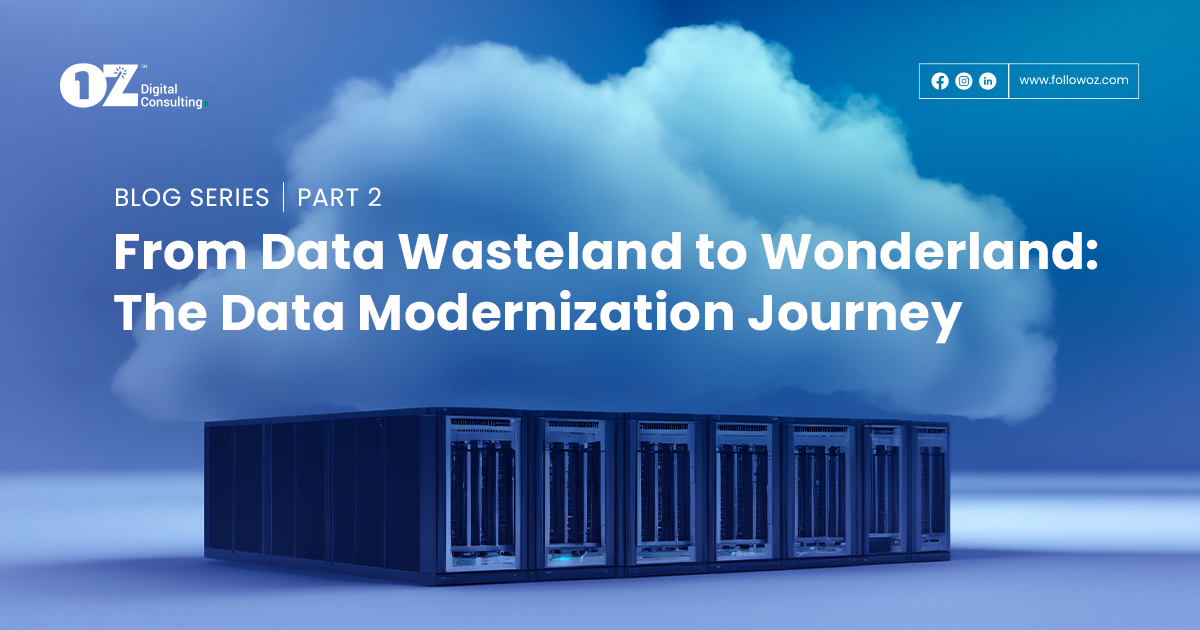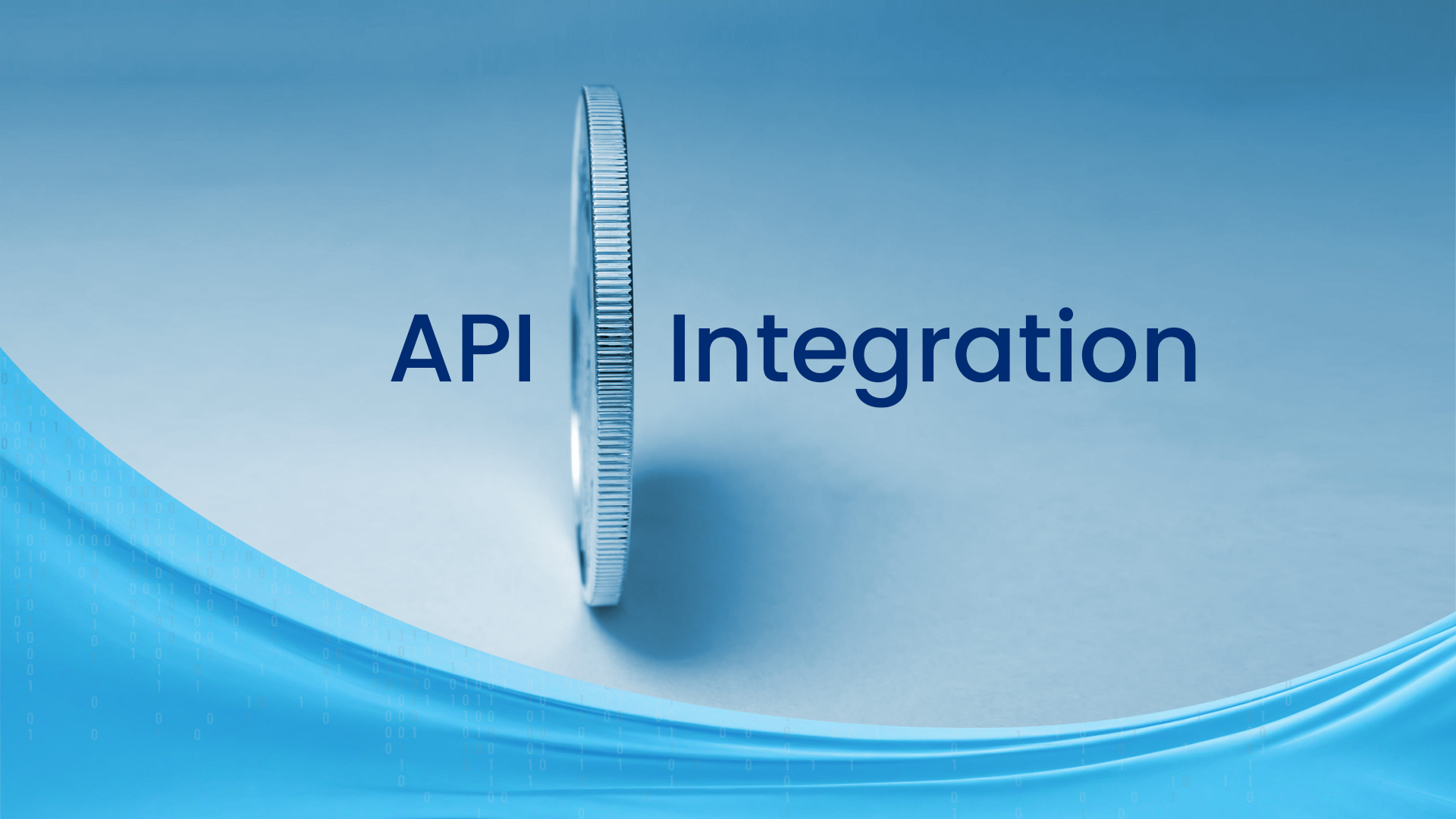By: Murray Izenwasser, SVP, Digital Strategy
This post is part two of the blog series, Under the Hood: Unlocking the Hidden Value in Insurance Data, where we dive into the many ways legacy systems create fragmented data, fractured customer experiences, and inefficiencies in insurance operations. Over time, these legacy systems create a technology trap that becomes harder to undo, locking away valuable data and insights.
Why Data Modernization Matters
The insurance landscape has changed. Technology has changed. The competition has changed. Customers have changed. And yet, many carriers still cling to decades-old legacy systems that cannot be integrated with newer digital applications. The result? The data remains isolated and incompatible with other data processing systems, paving the way for disconnected data and experiences. Despite the three eras of insurance innovation — digital disruption, digital transformation, and the digital acceleration era — carriers have been slow to embrace change. If they haven’t seized the opportunities to adapt, innovate, and thrive digitally, here’s why they should.
Data Locked in Legacy Systems
Before big data and the cloud revolutionized business, it was common for different departments to create and manage their own data. Each department created its own policies, procedures, and goals and developed discrete ways of working with data. Most legacy systems were also implemented to operate in isolation paving the way for data silos.
The Operational and Technology Trap Legacy Systems Create
Since legacy systems are not designed to share data across departments, it often leads to delays and lost opportunities. Compare the standard approval process to a digital model, which allows customers to lodge a claim from anywhere, upload photographs or details of the damage from their smartphone, and where automated underwriting processes can approve the claim almost immediately. The latter is faster, more efficient, and provides a seamless experience for the policyholder.
Yet, carriers are caught in a legacy trap — the consequence of the “tech debt” accumulated by existing IT infrastructure that’s too old to scale reliably and meet modern-day demands. This trap, which carriers grapple with worldwide, reduces operational efficiency and makes them less competitive with customers, brokers, and other stakeholders in the insurance ecosystem. Alongside other challenges posed by legacy systems:
- Legacy technology contains multiple systems of record, frequently causing process duplication, with key business capabilities serviced in different ways on different platforms.
- Applications are poorly understood because platforms are old, or complex or only a handful of application experts are familiar with them.
- Applications utilize obsolete technologies or are out of step with business needs and use cases, and modern user experiences.
- Integration mechanisms are ad-hoc, lack consistency, or are poorly understood.
- The organization is unable to adapt to customer expectations which have changed with the emergence of digital channels. Although carriers may want to digitize their distribution channels, their legacy systems are ill-equipped to support the “new normal.”
- Regulatory and operational risks persist as the systems are intractable in the face of new regulatory needs.
Modernizing the Data Foundation
There’s been a massive shift in focus from policy to customer, from process to experience, from static to dynamic pricing, point-in-time underwriting to continuous underwriting, from a historical view of data to predictive and prescriptive data, and from traditional products to new, innovative products.
Legacy systems can no longer keep up with this changing insurance landscape fueled by data. Modern data needs modern data ecosystems. A carrier’s success lies in its ability to create an interconnected, modernized data foundation that will deliver both growth and customer relationship opportunities.
Here are some of the ways insurance companies can benefit from data modernization:
- Faster Time to Value: By embracing data modernization, carriers can deliver superior customer experiences, streamline operations, manage risks effectively, and ensure regulatory compliance while fostering innovation and driving competitive advantage.
- Greater Flexibility: More flexible and tightly integrated data systems allow for more streamlined insurance operations. Flexible processes help carriers digitize products faster and increase gross written premiums while reducing customer churn.
- Fewer errors: Data must be manually entered into legacy systems, costing your team time and productivity. And there’s a higher chance of error, which means carriers must build substantial quality control procedures around data entry.
- Increased Revenue: The industry is moving towards alternate revenue models —marketplace aggregators, channel partners, one-in-a-segment, and insurance as a service. Newer revenue models are only possible with a modular architecture that supports APIs and microservices.
- Hyper-personalization: With data modernization and compatibility with advanced technologies such as artificial intelligence, machine learning, and predictive analytics, carriers can hyper-personalize the customer experience — the fastest way to acquire customers by offering the right product through the right channel at the right time.
- Data Monetization: Carriers can adopt data monetization using in-house data, enriched through open data platforms and customer-centric analytics that generate insights, analyze behavior, and understand buyer triggers.
- Open Insurance: Data modernization enables open insurance where open APIs can be used to streamline the access and sharing of data between carriers and other entities, allowing for the creation of new products, services, applications, and innovative business models (such as direct to consumer). Insurance core systems are not built to support APIs and microservices – key components of modern customer experiences.
- Interoperability: Most legacy applications are incompatible with new technology, which means important data — including policy and claims information — can end up trapped within systems that cannot communicate with one another, impeding operations. By modernizing legacy applications, insurers can support seamless data integration and interoperability between business-critical systems.
- Seamless Data Flow: Integrated systems allow data to flow freely and securely between systems across all operating units, regardless of lines of business, resulting in better reporting and decision-making across the company.
- Efficient Underwriting: Legacy applications often rely on manual underwriting processes, making it difficult for insurance organizations to meet demand and acquire new business. Data modernization with automation in the mix streamlines underwriting and claims, and enhances efficiency, making the entire quoting experience more convenient for policyholders. According to an Accenture study, tech-enabled underwriters can produce quotes faster, rate and risk price better, and get more done with ease.
- Claims Optimization: Modernizing data capabilities speeds up claims intake, allocation, assessment, validation, and fraud detection significantly, reducing the average cost per claim and time to settle the claim.
This wraps up part two! Stay tuned for our next blog post on why carriers must work from a single source of truth (SSOT) for everything from underwriting and claims to customer service data, sales and marketing conversion rates.
In the meantime, if you have any questions, please contact us. We’d love to connect with you.



